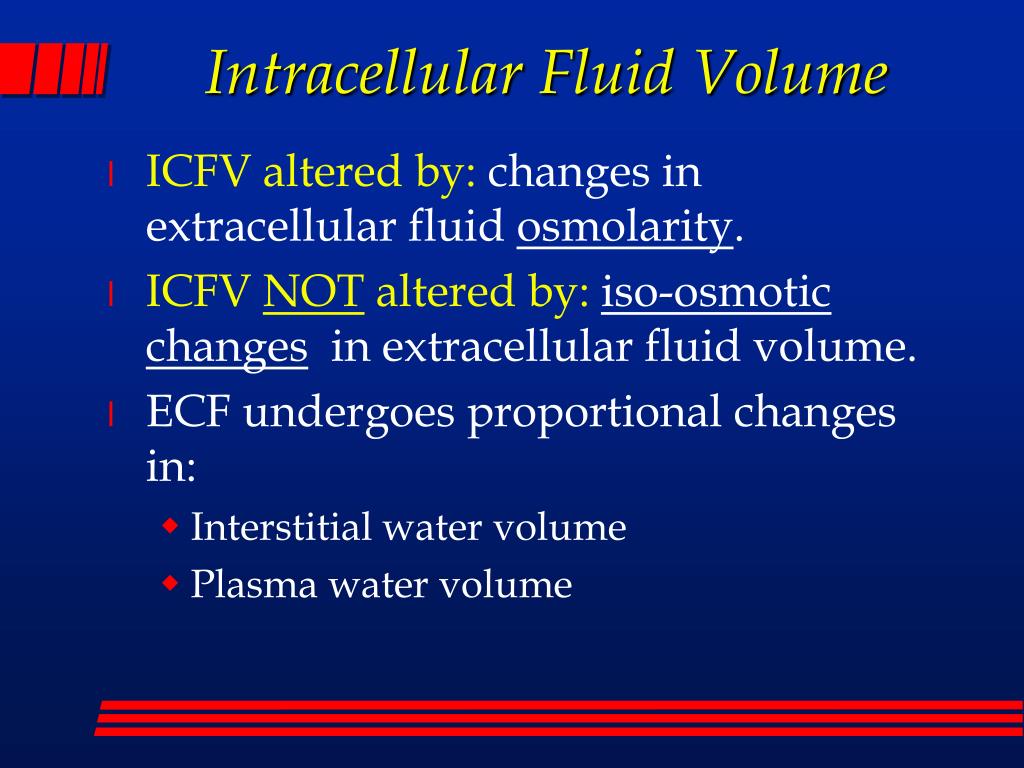
The conference is co- hosted with the 'FluVisu' group in the French chapter of the European. The event is co- sponsored by the Visualization Society of Japan.

The ECW compartment and E/I are thus variably larger, according to race, in healthy older subjects independent of sex, lean soft tissue, and fat mass. Welcome to the 18th International Symposium on Flow Visualization (ISFV 2018) to be held at ETH Zurich in Switzerland on June 26- 29, 2018. For females, a larger E/I-age effect was found in AA compared with the other race groups, but only the comparison against Hispanics was significant (P < 0.05). A relative ECW expansion (i.e., E/I) was present with greater age in most sex-race groups, although the effect was not significantly larger in AA males (P > 0.05) compared with the other race groups, except Asians (P < 0.05). Race, sex, and age differences in fluid distribution persisted after adjusting for body composition in a subgroup (n = 994) with dual-energy X-ray absorptiometry lean soft tissue and fat measurements. The answer: the amount of daily pediatric maintenance fluids is 1200 ml, and the hourly demand is 48 ml. The slope of the observed race x age interaction was significantly greater in AA (beta = 0.0005, P = 0.005) than in the three other race groups. How much fluid would a child of 14 kg need For 24 hours - Holliday-Segar method. Body weight, weight squared, height, age, sex, race, and interactions were all significant ECW predictors. The cross-sectional relationships between ECW, ICW, and ECW/ICW (E/I), and age were developed using multiple regression modelling methods. ECW and intracellular water (ICW) were derived from measured total body water (isotope dilution) and potassium (40K whole body counting). The aim of the current study was to examine, in a large (n = 1,538) ethnically diverse subject group the cross-sectional relationships between ECW and age after controlling first for other potential factors that may influence fluid distribution.

Healthy aging, in the absence of disease, is also reportedly accompanied by a relative expansion of the ECW compartment, although the studies on which this observation is based are few in number, applied different ECW measurement methods, included small ethnically homogeneous subject samples, and failed to adjust ECW for non-age-related influencing factors.

Aging is associated with the onset of chronic diseases that lead to pathological expansion of the extracellular water (ECW) compartment. Any change in the Starling forces across capillary walls which tends to expand the interstitial fluid volume (ISFV) will lead to an increase in interstitial.


 0 kommentar(er)
0 kommentar(er)
